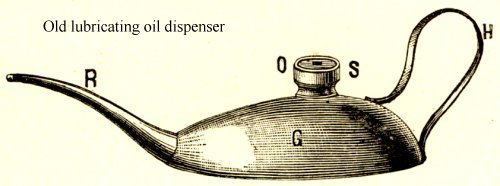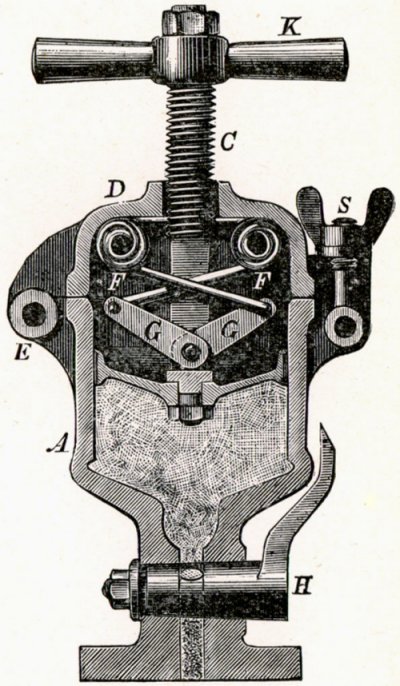Shoe Polish and Lubrication
Today, shoe polish and bearing lubrication.. The University of Houston's College of Engineering presents this series about the machines that make our civilization run, and the people whose ingenuity created them.
Which edition of a book has more to tell us, the first or last? First editions, for some odd reason, command the highest prices. They sometimes do reveal a more primal historic outlook. But late editions can be road maps of how our thinking has evolved. They retain elements of their origin, while alterations reveal how our thinking has shifted along the way.
Example: a 1916 second English edition of Richard Brunner's, The Manufacture of Lubricants, Shoe Polishes, and Leather Dressings. The German book had already been through six editions. This intermixing of lubrication with shoe polish provides a window into the 19th-century -- before petroleum products came to dominate our world of chemicals. Here is an era when the same animal and vegetable materials were used to finish leather and to lubricate the new locomotives, steamships, and factory drive shafts.
Brunner's book was now far out of date, yet another enlarged English edition would still appear. His work circulated for a half century or so, while the world shifted beneath it. By 1916, Henry Ford had built his assembly line and he was driving petroleum production in ways Brunner could not've imagined. His lubricants are still witches' brews of vegetable and animal oils.

Take shoe polish: Its most common coloring agent was bone that'd been roasted to drive off volatile matter, leaving carbon -- much as we once made coke from coal. The black carbon-rich bone, called bone black, then went through elaborate crushing and cleaning processes. Then it was mixed into glycerin to make shoe polish. (The grey/white ashes of a loved one, by the way, have been roasted until the carbon is also gone.)
There's a lot more to it, of course, but that's typical of these technologies. The preparation of lubricating oils is even more Byzantine. In many cases, seeds are crushed to yield oils. The oils emerge somewhat slimy, owing to fragments of seed husks. So they're put through fancy "clarifying" processes. The resulting oils are thin, so Brunner has a chapter on what he calls cohesion oils whose viscosity has been increased by additives. Otherwise much of the oil would slide off the rotating shaft and be wasted. But it's very easy to harm an oil with the wrong additives.
Only toward the end, does Brunner mention "mineral oils." These are, and I quote, "obtained in the refining of crude petroleum ... these oils are unsuitable for lighting purposes owing to their dim, smoky flame [but may] be regarded as universal lubricants, since they can be prepared in all degrees of consistency."
And there lies the secret to 20th-century lubrication in a little six-page throwaway chapter. For a moment Brunner holds the future in his hand, then turns back to his old world of bootblack and rapeseed oils. And one more of yesterday's experts is left behind by the unstoppable juggernaut of technological change.
I'm John Lienhard, at the University of Houston, where we're interested in the way inventive minds work.
R. Brunner, The Manufacture of Lubricants, Shoe Polishes and Leather Dressings. tr. by Chas. Salter from the 6th German ed., 2nd English ed. (London: Scott Greenwood & Son, 1916). The same publishers issued a 3rd English edition in 1923. The 3rd German edition came out in 1885, before which WorldCat does not list editions. Both images are from this source.
